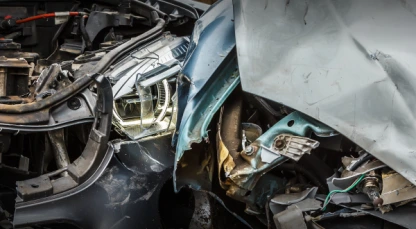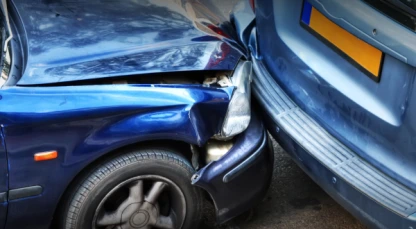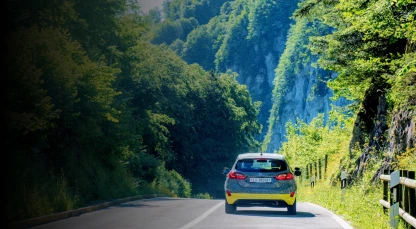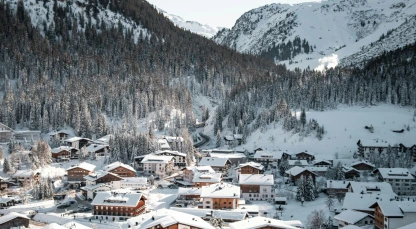Due to maintenance orders placed after 11 PM CEST will not be processed until the next day at 4 AM. If you travel before 4 AM we recommend to buy a physical sticker.
The Seelisberg Tunnel
The article discusses the Seelisberg Tunnel in Switzerland, an impressive roadway construction that spans the Swiss Alps. It's the longest Swiss road tunnel featuring two tubes, forming a vital part of the A2 motorway. Situated beneath Seelisberg mountain, this tunnel bridges the towns of Seelisberg and Morschach.
As an integral part of the A2 motorway, it is the longest Swiss road tunnel featuring two tubes. In this article, readers will learn more about the tunnel's location, how it benefits drivers, some of the technical specifications, applicable regulations, and the answers to other frequently asked questions.
Exploring The Seelisberg Tunnel
The Seelisberg Tunnel, a vital conduit in central Switzerland, passes beneath the rugged terrain of the Seelisberg mountain, connecting the towns of Seelisberg and Morschach. Nestled in the canton of Uri, it forms a pivotal section of the A4 motorway.
It facilitates efficient travel between Uri and Schwyz, offering travellers panoramic vistas of the surrounding landscape en route to and from this 2.1-kilometre tunnel. This motorway tunnel is integral to the nation's toll system. Live news and updates on tunnel and weather conditions are available online.
Image (Map) to be created! Show the info about the tunnel as described above
Image File name: Map Seelisberg Tunnel
Seelisberg Tunnel - Toll Free
While use of the tunnel itself is free, all road users are obliged to purchase a Switzerland vignette. Possession of a vignette is a legal requirement to drive on the nation’s motorways.
Elevation and Length of the Seelisberg Tunnel
Here are some interesting and useful statistics about the tunnel:
| Length | 9 292 metres |
| Elevation | 1 923 metres (ASL) |
| Number of Tubes | 2 |
| Number of Lanes | 2 x 2 |
| Height & Width | 4.5 m x 7.5 m |
| *Typical Travel Time @ 100 km/h | 5.5 minutes |
*Travel time to traverse the tunnel depending on prevailing traffic and weather conditions.
Terms of Use & Restrictions
Drivers planning on using the tunnels should be aware of the following:
- Drivers must hold a valid driver's licence for the class of vehicle being driven and obey the rules of the Swiss road network. Adhere to the applicable restrictions of the individual, the vehicle class, and the load being carried.
- Speed limit - 100 km/h (62 mph).
- Be aware of the inherent risks of driving in tunnels. Every vehicle should carry an emergency hazard triangle to deploy in the event of a breakdown or accident.
IN CASE OF EMERGENCY:
- Ambulance: 144
- Police: 117
- Firefighters: 118
- Universal European emergency number: 112
- Swiss traffic information service (TCS) - +41 800 140 140
You can request Roadside Assistance in Switzerland using the following numbers:
- Emergency Call / Vehicle Breakdown Serivce: 140
- TCS Touring Club Switzerland - Toll free number: 0800 808 114
- TCS Touring Club Switzerland - International number: +41 58 8276316
Seelisberg Tunnel Current & Live Webcam
The tunnel is open 24/7, throughout the year. However, there may be intermittent closures when circumstances dictate. Before travelling, it is a good idea to check the traffic conditions on the Seelisberg Tunnel Webcam. You may also want to check the Seelisberg Tunnel weather before embarking on your journey.
Seedorf: A2/E35 Seelisbergtunnel Sud dir. Nord
Are there alternative routes to the Seelisberg Tunnel?
The Seelisberg Tunnel is essentially the only direct route south from Lucerne towards Andermatt. However, if you'd prefer to take in the scenery, you could head east on Route 2, until you join the A4. Thereafter, head south via Ingebohl before rejoining at the A2 just north of Altdorff. This route goes on the northern side of Lake Lucerne, while the tunnel passes along the south shore.




